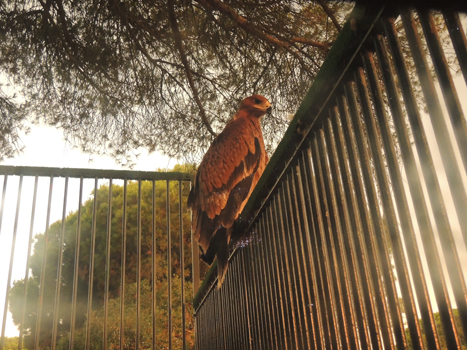Many threatened species in Europe have been expanding their distributions during recent decades owing to protection measures that overcome historical human activity that has limited their distributions. Range expansion has come about via two processes, natural expansion from existing range and reintroductions to new ranges. Reintroductions may prove to be a better way to establish populations because individuals are less subject to competitive relationships lowering breeding success than individuals expanding from existing populations. Whether this is true, however, remains uncertain. The success of breeding pairs of an expanding and a reintroduced population of spanish imperial eagles monitored for over 15 years in the south of Spain was compared. Significant differences in productivity between breeding pairs of each population were found. Newly established territories in reintroduction areas were almost three times more productive than new territories established as individuals expanded out from an existing population. Evidences suggest that among these eagle populations reintroduced to new areas may fare as well or better than individuals expanding out form existing populations. informacion[at]ebd.csic.es: Morandini et al (2017) Natural expansion versus translocation in a previously human-persecuted bird of prey. Ecol Evol https://doi.org/10.1002/ece3.2896
http://onlinelibrary.wiley.com/doi/10.1002/ece3.2896/full

 Las altas temperaturas están provocando que las lagunas y las marismas de Doñana pierdan agua rápidamente
Las altas temperaturas están provocando que las lagunas y las marismas de Doñana pierdan agua rápidamente




